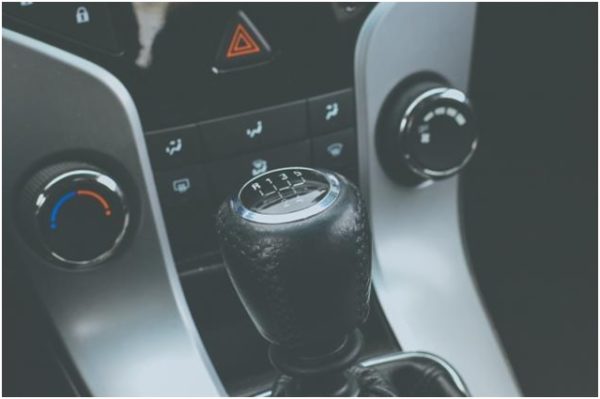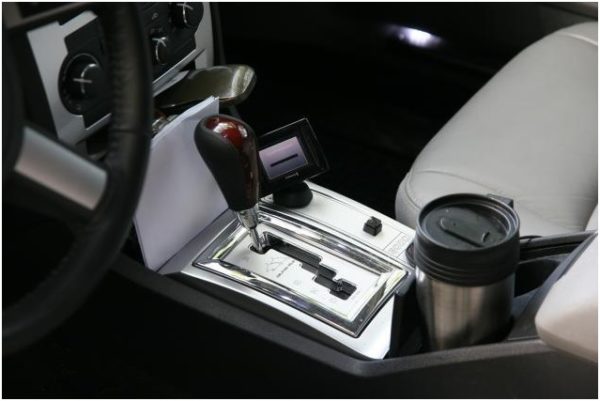Keep your car transmission in peak condition
Whether manual or automatic, a car transmission allows a driver to shift effortlessly among a gears. Keeping your car’s transmission in peak condition is the key to smooth shifting throughout the car’s lifetime.
How to maintain your vehicle’s transmission in top form.
For both used and new car owners, a cars’ transmission, according to NAPA car repair writer Nick Palermo, that ‘often gets neglected’.
Drivers often don’t know what a transmission needs to keep running and forget to get the transmission serviced. That, says, Palermo, can lead to transmission failure.
Transmission failures usually require replacement. It’s a costly price to pay for something you can avoid.
Automatic transmission care basics

Manual and automatic transmissions use transmission fluid to lubricate and cool working parts. Automatic transmissions use this fluid to transfer hydraulic power. That makes them more vulnerable to heat damage, than manuals.
- Clean fluid: Clean transmission fluid is a must for automatic transmissions. Owner manuals should specify how many kilometres before flushing or filter changes. Regular fluid changes prolong vehicle life.
- Dipstick checks: Check your transmission fluid dipstick regularly. Read the owner manual to see how. (Manufacturers may specify a car must be in ‘park’ or ‘neutral’ before checking transmission fluid levels).
- Follow service guidelines: For fluid changes or checkups, stick with the manufacturer recommendations for Use a calendar to stay on schedule.
Automatic transmission do’s and don’ts
Preventative maintenance is the best way to keep your automatic transmission healthy. There are several things owners should not do with their cars.
India Today’s automotive expert Pratik Rakshit has the below advice for owners of automatic cars:
- Stop before changing gears: When you go from drive to reverse or vice-versa, failure to come to a complete stop can put extra strain on your transmission.
- Don’t coast in neutral: This can wreak havoc on your transmission.
- Don’t rev in neutral: Revving your engine in neutral damages the gearbox.
- Keep your vehicle in drive when stopping: Shifting out of ‘drive’ when stopping can add more strain on your transmission.
Causes of early transmission failure in automatic cars
Another source of early transmission failure in automatic transmissions, is an overloaded vehicle.
Pulling a too-heavy trailer, particularly during hot weather, can also cause problems. Changing too quickly from ‘drive to reverse’, can cause a heat build-up automatic transmissions.
Symptoms of automatic transmission failure
Car lacking normal power? Slipping gears, or shifting slowly? It may be the transmission. A ‘check engine’ light can also indicate the transmission needs some TLC.
Don’t assume these symptoms are a transmission issue. Spark plug problems or a clogged catalytic converter can mirror these issues. Unless a trained auto mechanic, it’s best to take it to an expert for proper diagnosis.
Manual transmission care basics
Keep your transmission fluid fresh, advises Brian Silvestro, a writer for Road and Track. There is so much metal-to-metal contact involved with a manual, so lubrication is essential.
- Change fluid often: Dirty fluid doesn’t lubricate as well. Like a moving part, transmission fluid can ‘wear out’. Change your transmission fluid as often as your motor oil. This keeps your transmission maintained.
If familiar with the process, learn to change your own transmission fluid. Otherwise, it’s best left to professionals, who can check for other issues at the same time.
- Keep clutch clean: The pressure plate and flywheel shouldn’t have oil on them. If you do perform some work yourself, check a factory-approved auto service manual. Even with experience, it’s a good idea to double-check. Don’t save money on a mechanic, only to spend more to fix a badly done repair.
- Don’t grind gears: If a newbie to manual driving, or if it’s been a while, refresh yourself on what to do before you get behind the wheel, says Popular Mechanics‘ Timothy Dahl.
Not using the clutch before changing gears, can do serious harm to your transmission.
Symptoms of manual transmission problems
If your manual transmission grinds, vibrates, or makes odd noises, it may need servicing. Whether it’s a worn clutch or a misalignment problem, get it to a mechanic quickly.
Look at the disc and pressure plates. If they have rust residue, it is most likely a misalignment issue.
A missing dowel pin, can cause transmission misalignment in a manual vehicle. It will cause excessive wear on one side of the transmission. If you catch this problem early enough, a new dowel pin may be all you need to get your vehicle back in shape.
In a stick-shift vehicle, slippage may be due to a worn clutch. If that is the problem, car owners should replace the rear main seal on the engine.
Use these tips to maintain your car’s transmission in tiptop shape. Share them with your friends today!


